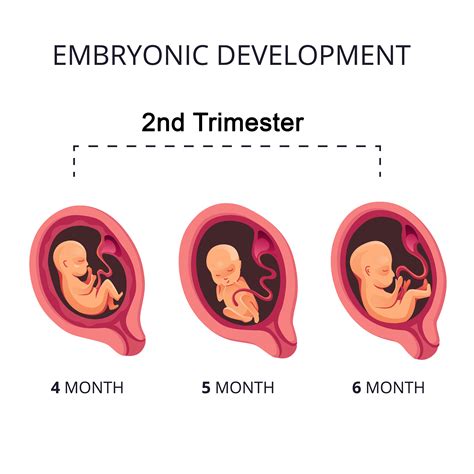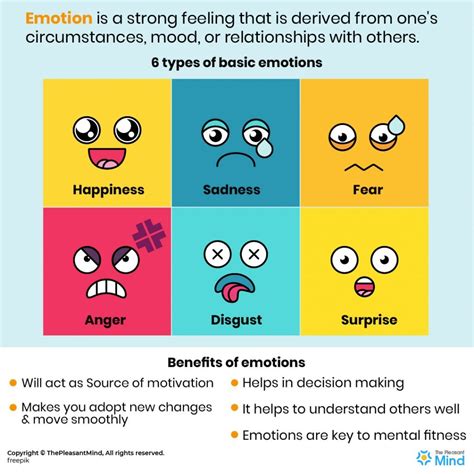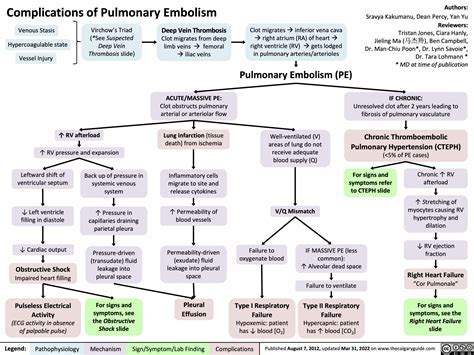Intro
Discover the 2nd trimester timeline, lasting from week 13 to 26, and learn about fetal development, pregnancy symptoms, and prenatal care during this critical period of growth and preparation for motherhood.
The second trimester of pregnancy is a critical period of fetal development and maternal health. It is essential to understand the timeline and characteristics of this trimester to ensure a healthy pregnancy. The second trimester typically begins around the 13th week of pregnancy and lasts until the 26th week. This period is often referred to as the "golden period" of pregnancy, as the morning sickness and fatigue of the first trimester have subsided, and the belly is still relatively small.
During the second trimester, the fetus undergoes rapid growth and development. The major organs and body systems begin to function, and the fetus starts to move and respond to stimuli. The mother's body also undergoes significant changes, including the expansion of the uterus, breast tenderness, and skin changes. Understanding these changes is crucial for expectant mothers to prepare themselves for the challenges and joys of pregnancy.
The second trimester is also a time of critical fetal development, and any complications that arise during this period can have long-term effects on the baby's health. Regular prenatal check-ups and monitoring are essential to ensure that the pregnancy is progressing normally and to detect any potential issues early on. With proper care and attention, the second trimester can be a time of excitement and anticipation for expectant parents, as they prepare to welcome their new baby into the world.
Understanding the Second Trimester

Physical Changes During the Second Trimester
The physical changes that occur during the second trimester are significant and can have a profound impact on a woman's daily life. Some of the most common physical changes include: * Expansion of the uterus: As the fetus grows, the uterus expands to accommodate it, which can cause discomfort and pressure on the surrounding organs. * Breast tenderness: Hormonal changes can cause breast tenderness and swelling, which can be uncomfortable and painful. * Skin changes: The skin may become more sensitive and prone to stretch marks, which can be distressing for some women. * Hair and nail changes: The hair and nails may grow faster and become thicker, which can be a welcome change for some women. * Back pain: As the uterus expands, it can cause strain on the back muscles, leading to back pain and discomfort.Emotional Changes During the Second Trimester

Prenatal Care During the Second Trimester
Prenatal care is essential during the second trimester to ensure that the pregnancy is progressing normally and to detect any potential issues early on. Some of the most common prenatal tests and procedures include: * Ultrasound scans: Ultrasound scans can provide valuable information about the fetus's growth and development, as well as detect any potential complications. * Blood tests: Blood tests can detect any underlying health conditions, such as gestational diabetes or hypertension, which can have a significant impact on the pregnancy. * Urine tests: Urine tests can detect any infections or underlying health conditions, such as urinary tract infections or kidney disease. * Fetal monitoring: Fetal monitoring can provide valuable information about the fetus's heart rate and movement, which can help detect any potential complications.Complications During the Second Trimester

Preventing Complications During the Second Trimester
While some complications during the second trimester cannot be prevented, there are some steps that women can take to reduce their risk. Some of the most effective ways to prevent complications include: * Maintaining a healthy diet: Eating a balanced and nutritious diet can help reduce the risk of complications and support fetal development. * Staying hydrated: Drinking plenty of water can help reduce the risk of dehydration and support fetal development. * Getting regular exercise: Regular exercise can help reduce the risk of complications and support fetal development. * Managing stress: Managing stress through relaxation techniques, such as meditation or deep breathing, can help reduce the risk of complications and support fetal development. * Attending prenatal appointments: Attending regular prenatal appointments can help detect any potential complications early on and reduce the risk of preterm birth.Preparing for Motherhood During the Second Trimester

Building a Support Network During the Second Trimester
Building a support network during the second trimester can provide valuable emotional and practical support during the postpartum period. Some of the most effective ways to build a support network include: * Joining a parenting group: Joining a parenting group can provide valuable connection with other expectant parents and access to resources and support. * Attending prenatal appointments: Attending regular prenatal appointments can provide valuable information and support from healthcare providers. * Talking to friends and family: Talking to friends and family can provide valuable emotional support and help build a support network. * Hiring a doula: Hiring a doula can provide valuable emotional and practical support during labor, delivery, and postpartum care. * Building a relationship with a pediatrician: Building a relationship with a pediatrician can provide valuable information and support about infant care and development.Conclusion and Next Steps

We invite you to share your thoughts and experiences about the second trimester in the comments below. If you have any questions or concerns, please don't hesitate to reach out. We also encourage you to share this article with anyone who may be expecting a baby, as it can provide valuable information and support during this critical period of pregnancy.
What are the most common physical changes during the second trimester?
+The most common physical changes during the second trimester include expansion of the uterus, breast tenderness, skin changes, hair and nail changes, and back pain.
How can I reduce my risk of complications during the second trimester?
+You can reduce your risk of complications during the second trimester by maintaining a healthy diet, staying hydrated, getting regular exercise, managing stress, and attending prenatal appointments.
What are some effective ways to prepare for motherhood during the second trimester?
+Some effective ways to prepare for motherhood during the second trimester include taking childbirth education classes, reading parenting books, joining a parenting community, preparing the nursery, and building a support network.
How can I build a support network during the second trimester?
+You can build a support network during the second trimester by joining a parenting group, attending prenatal appointments, talking to friends and family, hiring a doula, and building a relationship with a pediatrician.
What are some common complications that can arise during the second trimester?
+Some common complications that can arise during the second trimester include miscarriage, premature labor, placenta previa, gestational diabetes, and hypertension.
